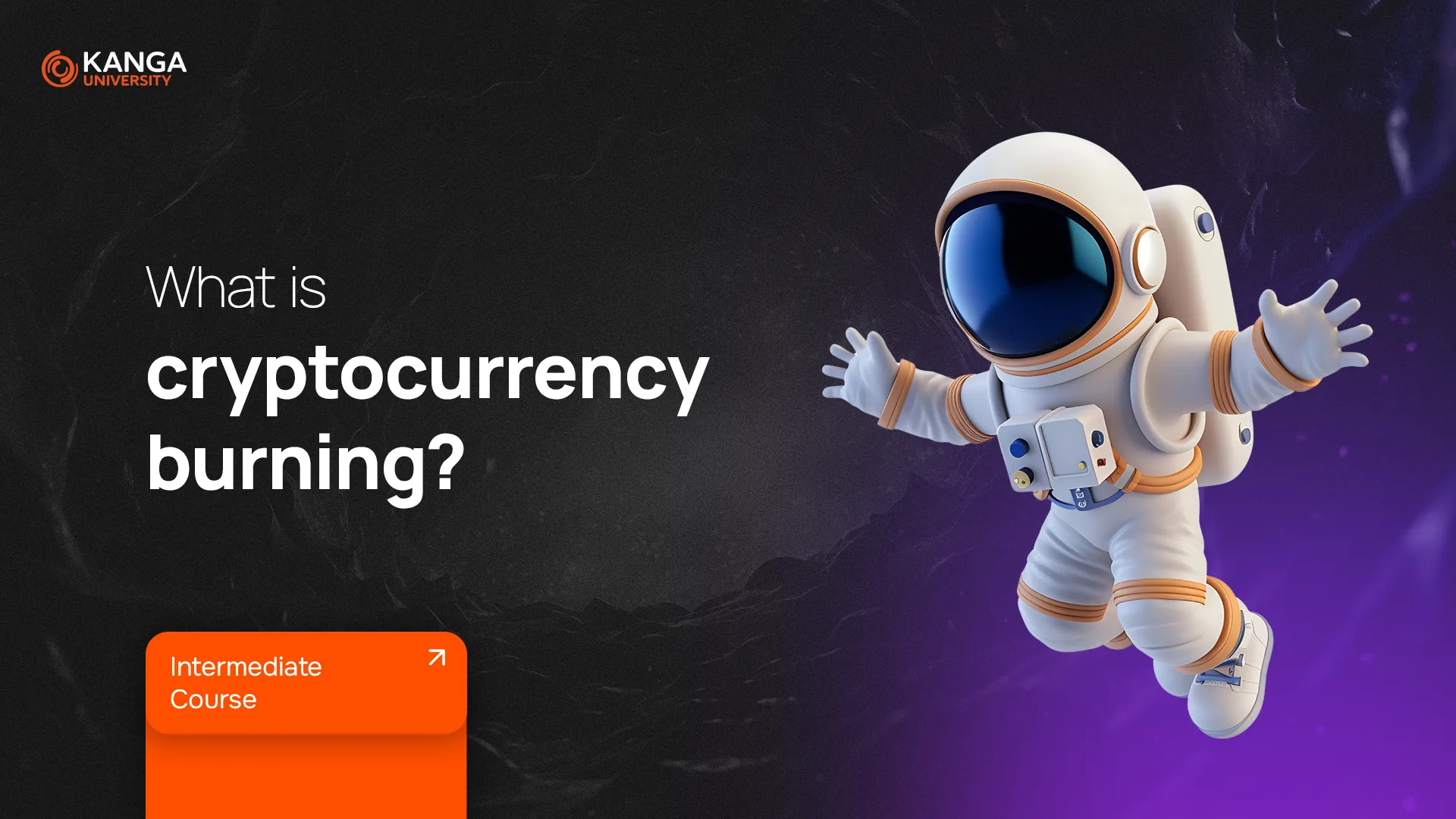
Imagine having a massive number of banknotes in circulation, and then someone decides to destroy some of them permanently. Sounds strange? In the world of cryptocurrencies, this is a common practice known as coin burning. It is the process of permanently removing a portion of cryptocurrencies from circulation, thereby reducing their supply in the market. But why would anyone do that? Let’s find out!
How Does Cryptocurrency Burning Work?
When coins are “burned,” they are sent to a special wallet address known as a burn address. This is like a “black hole” in the blockchain network—once tokens are sent there, they can never be retrieved and are permanently removed from circulation. The key feature? This wallet has no private key, meaning no one can access the funds stored there.
Some cryptocurrencies have built-in automatic burning mechanisms. For instance, Ethereum partially “burns” transaction fees (gas fees), which reduces the number of ETH in circulation and affects its value.
Why Are Cryptocurrencies Burned?
-
Reducing Supply – Potential Value Increase
When something becomes scarcer, it may become more valuable. Cryptocurrency creators use burning to limit the number of tokens available in the market, which can (though not always) lead to a price increase. This concept is similar to stock buybacks by companies—reducing the number of available shares can increase their value. -
Inflation Control
Many cryptocurrencies have a large supply, which can lead to inflation and a decrease in value. Burning acts as a “brake” to slow down excessive token circulation. -
Eliminating Unsold Tokens
During new cryptocurrency sales (ICO, IEO), some projects do not sell all their tokens. Instead of keeping them, they often choose to burn them to prevent artificial inflation of supply. -
Increasing Trust in the Project
Burning can be a strategy to show that cryptocurrency creators care about the stability of their project and do not want to dilute its value excessively.
Proof-of-Burn – A Special Burning Mechanism
Some blockchain networks use burning in a unique way—as a consensus mechanism. Proof-of-Burn (PoB) is a system where users “burn” their tokens in exchange for the right to mine new blocks. It works on the principle of “the more burned coins, the greater the chance of receiving a reward.” This method allows participation in the network without consuming massive amounts of energy, unlike traditional Proof-of-Work (such as Bitcoin).
Does Cryptocurrency Burning Work?
There is no guarantee that burning will always increase the value of a cryptocurrency. It depends on many factors, such as market conditions, demand, and investor confidence. In some cases, burning has helped strengthen a cryptocurrency’s position, but in others, it has had little to no impact on price.
Examples of Cryptocurrency Burning
-
Binance Coin (BNB) – Binance burns a portion of BNB every quarter to reduce its supply.
-
Ethereum (ETH) – The EIP-1559 mechanism introduced burning of a portion of transaction fees, decreasing the ETH supply.
-
Shiba Inu (SHIB) – The SHIB community regularly organizes token burns to increase scarcity.
Exchange cryptocurrencies with Kanga Exchange